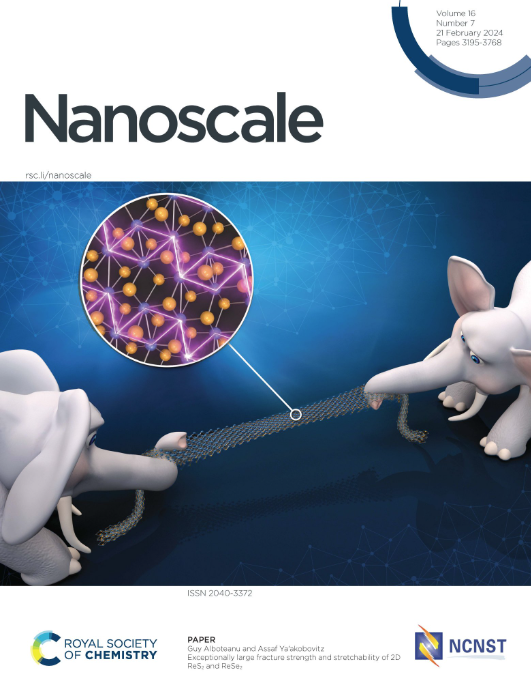The assessment of the importance and catalytic role of chromium oxide and chromium carbide for hydrogen generation via hydrolysis of Magnesium
IF 5.8
3区 材料科学
Q1 CHEMISTRY, MULTIDISCIPLINARY
引用次数: 0
Abstract
Increasing energy demands and low-carbon emission energy carriers are the global challenges for renewable energy resources. Regarding the aforementioned issues, magnesium-based composites are promising candidates for energy carriers. However, rapid initial hydrolysis kinetics and higher hydrogen yields are objectives for practical application. In this study, chromium-based catalysts (Cr2O3, Cr3C2) are employed via ball milling to activate Mg. Finally, we use Mg-Xwt%Y (X=1, 3, 5, and 10, Y= Cr2O3 and Cr3C2)composites to produce hydrogen. In seawater, Mg-10wt%Cr2O3 can produce 798 and 808 mL/g hydrogen, while 821 and 831.6 mL/g are achieved from Mg-10wt%Cr3C2 in seawater and 0.5 M MgCl2 solutions. Additionally, Cr2O3 and Cr3C2 significantly improve the Mg hydrolysis activation energies. However, incorporating Cr2O3 and Cr3C2, the activation energies for the hydrolysis of Mg with seawater are achieved to 19.447 kJ mol-1 and 17.290 kJ mol-1, while they are reduced to 15.69 kJ mol-1 and 14.369 kJ mol-1 with 0.5 M MgCl2 solutions, respectively. In comparison, Mg-10wt%Cr3C2 composite exhibits superior performance, which is attributed to the higher anode potential value of Cr3C2. This work accelerates the hydrolysis kinetics and provides a sufficient technique to produce hydrogen from Mg composite for the application of portable devices.求助全文
约1分钟内获得全文
求助全文
来源期刊

Nanoscale
CHEMISTRY, MULTIDISCIPLINARY-NANOSCIENCE & NANOTECHNOLOGY
CiteScore
12.10
自引率
3.00%
发文量
1628
审稿时长
1.6 months
期刊介绍:
Nanoscale is a high-impact international journal, publishing high-quality research across nanoscience and nanotechnology. Nanoscale publishes a full mix of research articles on experimental and theoretical work, including reviews, communications, and full papers.Highly interdisciplinary, this journal appeals to scientists, researchers and professionals interested in nanoscience and nanotechnology, quantum materials and quantum technology, including the areas of physics, chemistry, biology, medicine, materials, energy/environment, information technology, detection science, healthcare and drug discovery, and electronics.
文献相关原料
| 公司名称 | 产品信息 | 采购帮参考价格 |
|---|
 求助内容:
求助内容: 应助结果提醒方式:
应助结果提醒方式:


